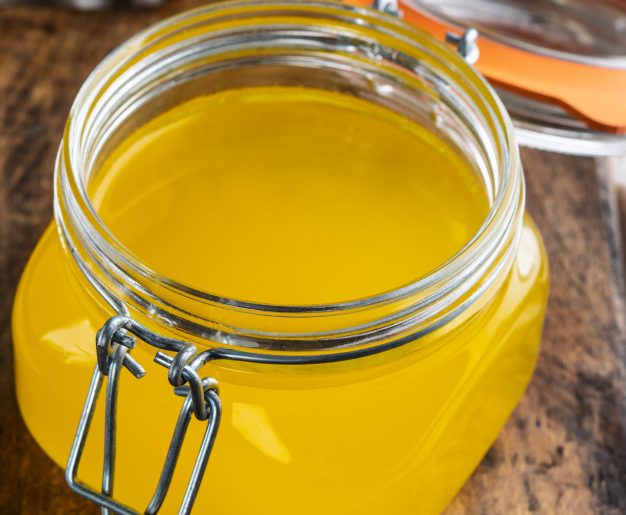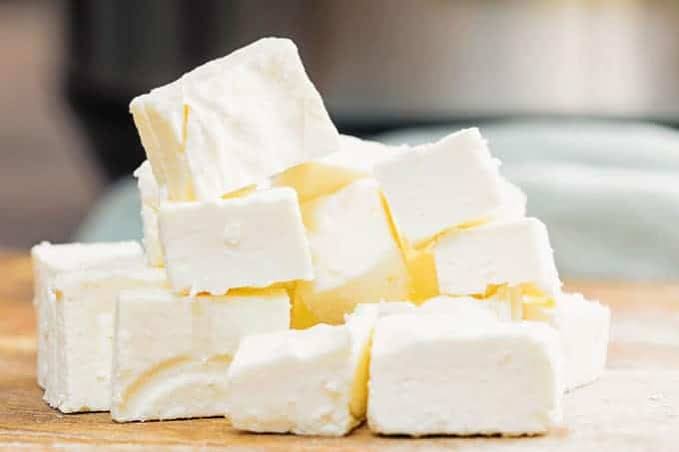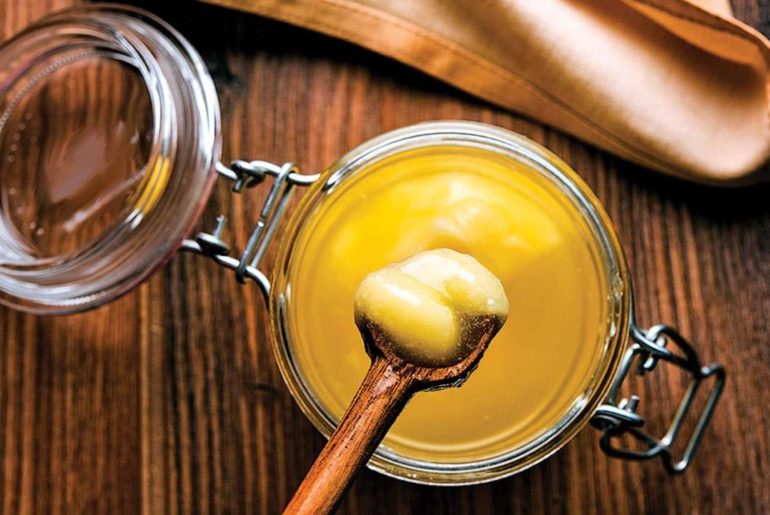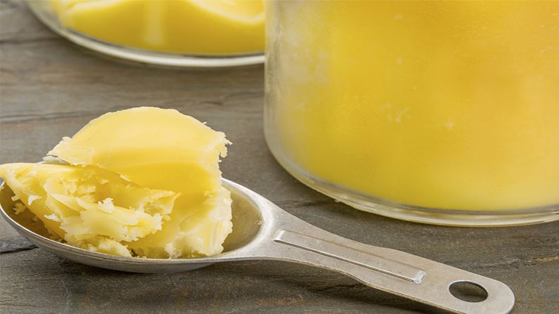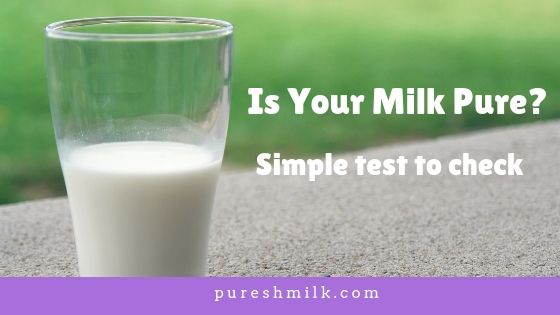Ghee or clarified butter is a preferred cooking staple in most Indian kitchens. Ghee one of the favorite natural fats. It is commonly used in India and Middle Eastern countries. Traditionally ghee is made from cow’s milk which is a major ingredient in Kitchen. “Ghee consists of fat-soluble vitamins, which aid weight loss and also play an important role in balancing hormones. “ Pure desi ghee is ghee made of cow’s milk. It contains plenty of omega-3 along with vitamin A. Benefits of ghee you should know: Good Source of Energy: It contains medium and short-chain fatty acids, “of which, lauric acid is a potent antimicrobial and antifungal substance. The fatty acids present in cow ghee can be directly absorbed into the liver and burnt as energy. Improve Memory And Brain Health: Cow ghee contains fair amounts of polyunsaturated fatty acids and also omega- 3 fatty acids. These fatty acids…
By Puresh Daily
